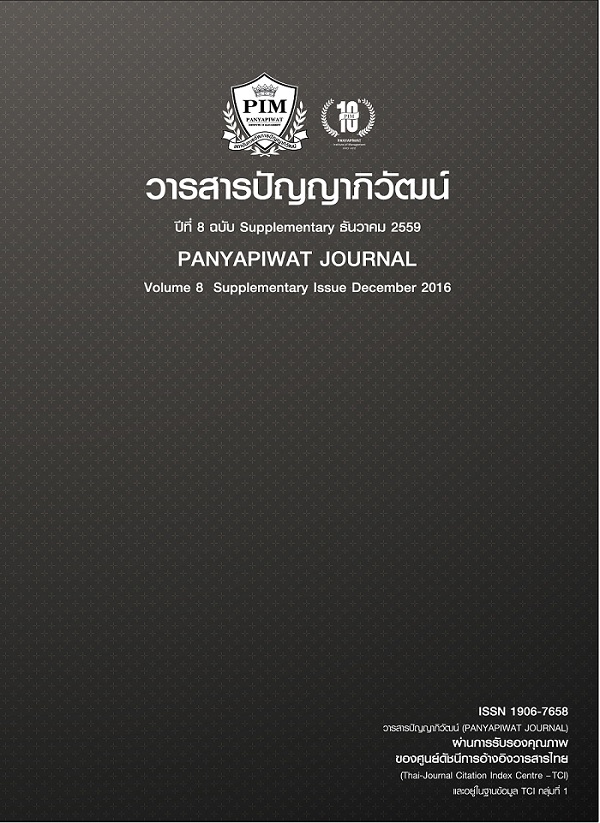受众幽默风格与卷入对感觉型低卷商品广告效果研究
Main Article Content
Abstract
本文以受众幽默风格与卷入的研究入手,将其对感觉型低卷入商品广告效果为研究对象。以中国在校大学生为样本对象,通过问卷法对不同幽默风格及商品卷入程度对泰国感觉型低卷入商品广告效果影响进行研究。通过预调查、专家评议确定测试广告;通过SPSS工具的运用,最终发现性别、年龄、家庭年均收入及个人消费观念对感觉型低卷入商品广告效果的差异均不显著,卷入程度对广告效果的五个维度有正向预测作用。指导企业在广告设计时,对卷入程度要进行重点识别,针对低卷入的广告要进行消费者特征的识别。由于本研究抽取的样本是在校大学生,对整个消费者群体的覆盖存在一定的局限性,研究结果的适配范围也受到一定制约。
In this paper, the audience humor style and involvement of the study, to low-sensational effect of the involvement of commodity advertising for the study. The effect of different humorous styles and the degree of involvement of goods on the perceived low involvement of merchandise advertising in Thailand was investigated by using the questionnaire method in Chinese college students. Through the pre-survey, expert evaluation to determine the test ads; through the use of SPSS tools, and ultimately found that gender, age, household income and personal consumption perceptions of low involvement of merchandise advertising effectiveness of the difference was not significant, The five dimensions of the effect have positive predictive effects. Guide enterprises in the advertising design, the degree of involvement to focus on identification, for high involvement in advertising to identify the characteristics of consumers. Because the sample of this study is in college students, the coverage of the whole consumer group has some limitations, the scope of the research results are also subject to certain constraints.
Article Details
I and co-author(s) certify that articles of this proposal had not yet been published and is not in the process of publication in journals or other published sources. I and co-author accept the rules of the manuscript consideration. Both agree that the editors have the right to consider and make recommendations to the appropriate source. With this rights offering articles that have been published to Panyapiwat Institute of Management. If there is a claim of copyright infringement on the part of the text or graphics that appear in the article. I and co-author(s) agree on sole responsibility.
References
Anderson, C. A. & Bushman. B. J. (2002). The effects of media Violence on society. Science, 295, 2377-2379.
Clinc, T. W., Moscs, B. A. & Jame, J. K. (2003). When Does Humor Enhance or Inhibit Ad Responses?. Journal of Advertising, 32(3), 31-34.
Marshall, M. (2000). Understanding media--on the extension of human. Beijing: the Commercial Press. [in Chinese]
Martin, G. J. (2003). Individual differences in use of humor and their relation to psychological well-being: Development of the Humor styles Question. Journal of research in personality, 37(1), 48-75.
Tao, H. Z. (2008). Research on the High Involvement Commodity Advertisement Strategy Based on Involvement Degree. Enterprise Economy, 9, 81-83. [in Chinese]
Vaughn, R. (1986). How Advertising Works: A Planning Model. Journal of Advertising Research, 20(5), 27-33.
Zhou, X. X. & Jin, Z. C. (2006). The effect and mechanism of emotional advertising communication. Progress in psychological science, 14(1), 126-132. [in Chinese]


